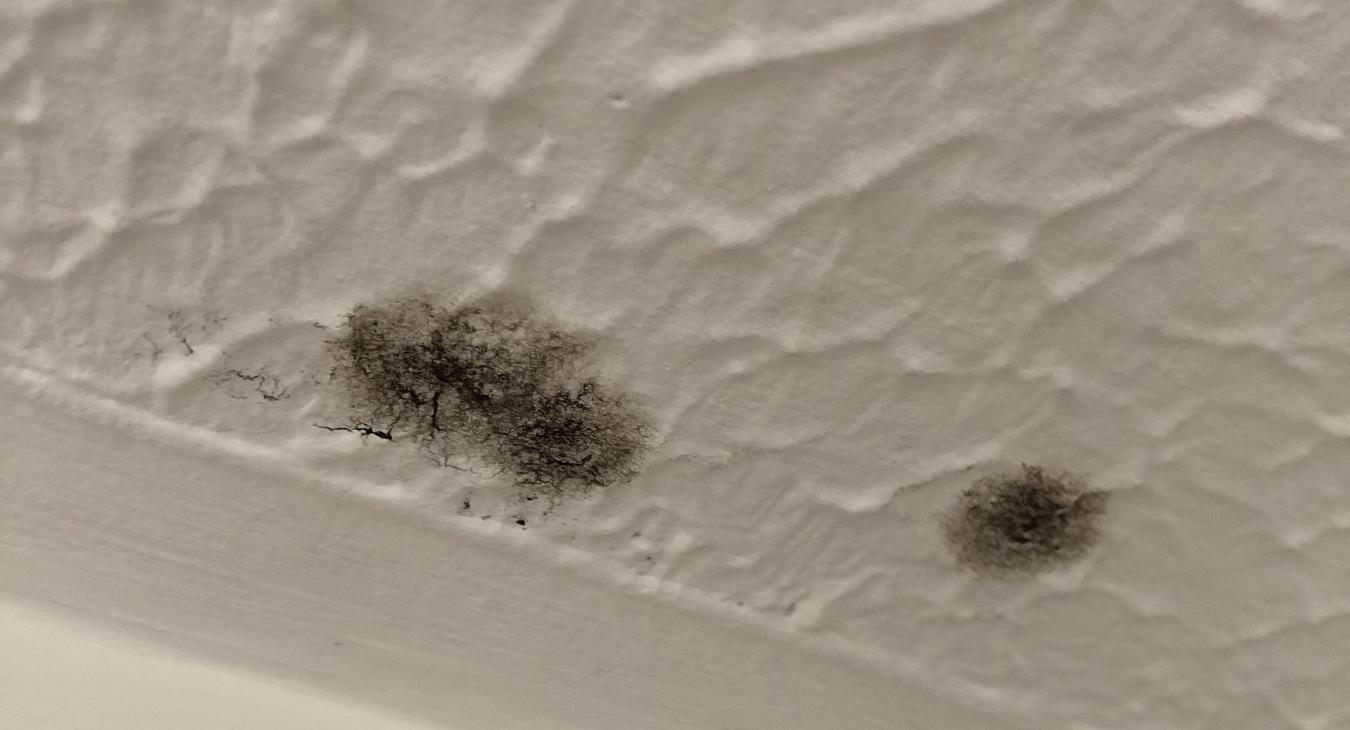Mould - the menace that comes to visit every winter (and sometimes does't stop!)
Mould: Causes, Prevention, and How to Get Rid of It
Mould is a common problem in many homes, especially during the colder months. It can be a serious health hazard, causing respiratory problems, allergies, and other health issues. We'll be discussing the causes of mould, how to prevent it, and how to get rid of it once it's there.
So how do we stop black mould? Let's get straight into it
Causes of Mould
Mould grows in damp, warm, and humid environments. Some common causes of mould include:
- Leaks from the roof or gutters
- Rising damp
- Leaks from bathrooms and kitchens
- Condensation
These conditions provide the perfect environment for mould to grow, and if left unchecked, it can quickly spread throughout your home.
If there's an area that's particularly stubborn, especially on the ceilings, it might be worth checking if there's a bathroom above. You'll be surprised how many bath wastes, toilet cisterns, and shower tray seals end up failing. If the ceiling has loft space above it, it could be condensation in the loft, or more often a broken tile or similar.
If you're getting rising damp - I'd be inclined to watch the gutters the next time it rains hard. Do you notice a waterfall effect where a blocked gutter is causing rain the spill over the top and splash against your property? Is your water main running through that particular part of the property?
If the mould tends to come only in the winter months, and is generally spotted across the ceiling with loft space above and external walls - you're probably looking at condensation being the root cause. A good tradesman who holds good knowledge in the entirety of the building world should be able to help you identify the cause - potentially with an investigatory fee.
Now that we've thought about what might be causing the nuisance mould, and hopefully identified the cause, let's have a look at how to prevent it at the source.
Insulate: Proper insulation can help prevent condensation and reduce the likelihood of mould growth. Ensure that your home is properly insulated to maintain a comfortable temperature and reduce the risk of dampness.
How to prevent Mould
Preventing mould is easier than getting rid of it. Here are some tips to help prevent mould growth in your home:
Fix Leaks: If you have a leaky roof or gutters, fix them as soon as possible. This will prevent water from entering your home and causing dampness.
Ventilate: Proper ventilation is key to preventing mould growth. Use powerful extractor fans in bathrooms and kitchens to remove excess moisture and ensure good airflow throughout your home.
Dehumidify: Use a dehumidifier to reduce moisture levels in your home. This is especially important in areas prone to dampness, such as basements and bathrooms.
If you do find mould in your home, it's important to take action immediately. Here are some tips to help you get rid of mould:
Wear Protective Gear: Before you start cleaning, wear gloves, a mask, and goggles to protect yourself from harmful spores.
Clean: Clean the affected area with a mould-killing solution, such as vinegar or bleach. Be sure to scrub thoroughly and dry the area completely. There are specific mould remover products and mould paint out there. We find bleach works just as good. If you can soak tissue in bleach and let it stick to the surface for that prolonged contact time with the mould, it literally wipes away after an hour or two. You'll be pleased to hear this works on Silicone mould, too!
Dispose: If the material is really bad, such as plasterboard and carpets, you may need to dispose of those contaminated materials
Prevent: Once you've cleaned the mould, take steps to prevent it from returning. This includes fixing any leaks that may have caused it, and improving ventilation by employing ventilation solutions such as extractor fans and PIVs, reducing the moisture levels in your home.
In summary, mould is a serious problem that can affect the health and wellbeing of your family. By taking steps to prevent mould growth and addressing any issues immediately, you can keep your home mould-free and safe. and make sure your home is properly ventilated with extractor fans. If you do find mould in your home, take action immediately by wearing protective gear and cleaning the affected area thoroughly.
Where your local electricians have helped with condensation, damp & mould:
Princes park Chatham - Strood, Kent - Lordswood, Chatham - Walderslade Woods, Chatham - Penenden Heath, Maidstone - Rainham, Kent - shorne, Gravesend - Borstal, Rochester
Require assistance? Feel free to call your local NICEIC registered electricians serving Medway & maidstone on
01622 277 321

Fighting mould can really be an uphill battle. Here's some ideas to help prevent it in the first place!











